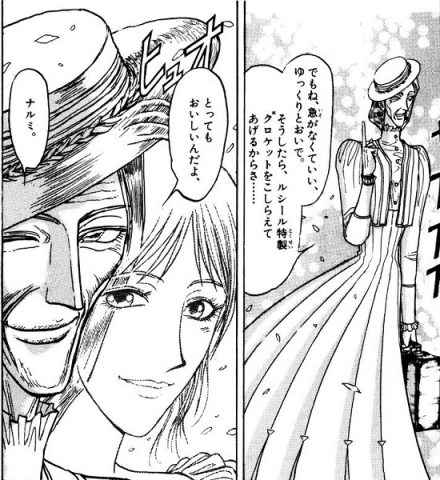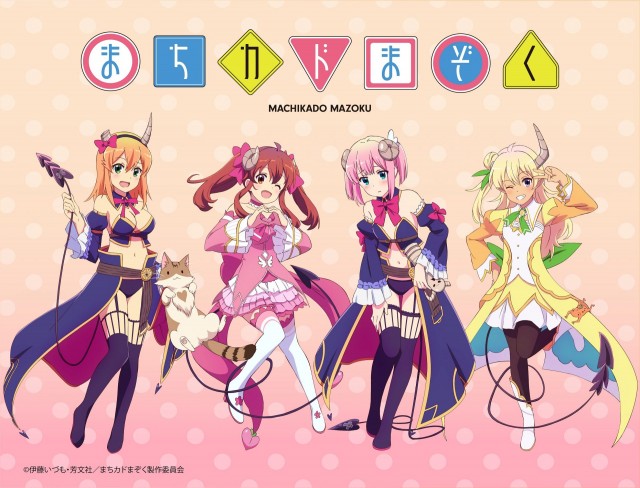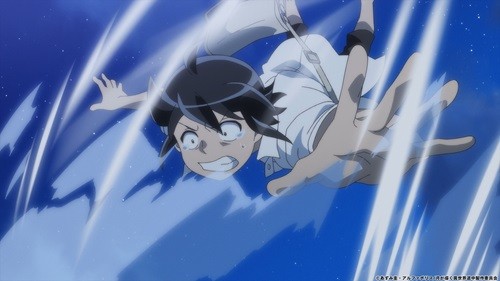"Ultraman" is a hugely popular special effects work that was broadcast in the 1960s and gained national popularity. Now that the generation that enjoyed "Ultraman" in the past has become an elderly generation with plenty of free time, many remakes of this work are being produced. Many titles have been made into films, such as "Shin Ultraman" directed by Hideaki Anno, which was released as a new special effects work that makes full use of CG, and "Ultraman Trigger" and "Ultraman Decker", which pay homage to the Heisei Ultraman series, and the excitement has been further increased in recent years. The Ultraman series is one of Japan's representative special effects works that has been made into many films, but did you know that there are works that depict the Ultraman series as manga and anime works? In its heyday, the Ultraman series was produced in various content such as anime and manga, but recently it has become very rare to depict it in anything other than special effects. In this article, I would like to delve deeper into the common themes between this work "ULTRAMAN" of the Ultraman series, which is drawn as a manga, which has become rare in recent years, and the original "Ultraman".
What kind of work is Ultraman in the first place? ?

First, let me give a brief introduction to "Ultraman," the national special effects work that inspired this film "ULTRAMAN." This information is essential when digging deeper into the theme of this film, so be sure to check it out.
A representative work of the postwar special effects movement

As many people know, "Ultraman" is a representative work of Japanese special effects works. In the 1960s, "Ultra Q", which only featured monsters, was broadcast, and this work was broadcast on television to continue its popularity. There had never been a story in which a giant hero appeared and fought monsters, and the idea of this hero fighting monsters led to later works such as "Kamen Rider" and "Mazinger Z".
How do we deal with science and wisdom?

The theme of "Ultraman" is "How should we face science and wisdom?" The 1960s was a time of rapid scientific progress, with the Tokyo Olympics and the opening of the Shinkansen, but it was also a time when such scientific development caused many pollution and personal accidents. In such an era, "Ultraman" depicted the various problems that abounded in society in the form of monsters.
The Trauma of World War II

In addition, "Ultraman" not only deals with scientific progress, but also with the theme of "war." This can be considered to reflect the strong feelings toward war of the generation that experienced the war, many of whom were enrolled at the time.
What is Ultraman a metaphor for?

In this way, the giant of light, who is burdened with the two themes unique to the 1960s, "science and human wisdom" and "military force through war," is the Ultraman depicted in "Ultraman."
What happens after the giant of light is gone? ?

Ultraman is Japan's representative special effects hero of postwar Japan, and he carries such a variety of themes, but at the end, he loses his life to Zetton, a space monster sent by the Zetton Aliens. The death of this invincible hero puts humanity in a difficult position.
The hidden theme of this work

In this way, "Ultraman" is not just a special effects work, but it contains the theme of how humanity should face difficulties after losing the omniscient and omnipotent existence of Ultraman. In other words, it can also be seen as a message from the production team to humanity at that time, who believed that science was omniscient and omnipotent after the war and that relying on science would solve anything.
A world without Ultraman

Thus, humanity was put in a difficult position by the death of their invincible hero, but they then used their own scientific power to defeat Zetton, who Ultraman could not defeat, and achieved peace. This work also contains a serious theme that even after losing the invincible hero that is Ultraman, humanity must protect itself with its own power.
Reborn by human hands

This work, "ULTRAMAN," depicts the story several decades after Ultraman, a great presence for humanity, left Earth. It can be said that this work reconstructs the theme that the Ultraman production team once posed to humanity in a modern style and depicts the world after Ultraman is gone.
The "difference in values" between Showa and Reiwa
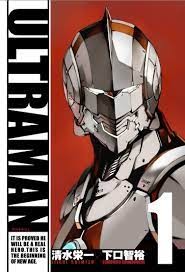
In this way, this work effectively emphasizes the difference between the heroes that people imagined in the Showa era and the heroes that people imagine in the Reiwa era. This makes it a work that can be enjoyed by both people who became addicted to Ultraman in the Reiwa era and those who have been enjoying Ultraman since the Showa era.
Ultraman is actually quite socially conscious

As such, the Ultraman series is a work that was produced in the early days of special effects after the war, and it is a work with a very strong social message. This work, including "ULTRAMAN", expresses the social contradictions and irrationality of each era in the form of special effects.
Many deep episodes

Many episodes in the Ultraman series reflect the world situation at the time, and many episodes that even adults will find deeply thoughtful. There are many episodes that are worth watching even just one episode, so if you're interested, be sure to check them out.
The theme is "violence" and "peace"

The Ultraman series changes its style and message over the years, but one thing that all of its works have in common is that they always ask viewers questions about "violence" and "peace." They neither deny nor affirm maintaining peace through violence, but simply present us with various answers to the question, "What does it mean to protect peace?" in each work.
Answers change with each era

In this way, various answers to the themes of "violence" and "peace" appear depending on the era. In some eras, Ultraman is portrayed as a kind-hearted man who tries not to use violence under any circumstances. The fact that the themes change with each era is one of the charms of the Ultraman series.
Special effects works were perfected by Ultraman

Now, from here, I would like to introduce the role of Ultraman in the history of video and the role that "ULTRAMAN", which will be newly released as an anime work, will play in the history of video through that role.
Godzilla in the living room

Among Japanese video works, the most popular special effects works were suddenly brought to the limelight by Godzilla, which was released as a horror movie. Many viewers were surprised by the large-scale depiction of a giant monster destroying a city. Ultraman is the work that brought special effects works that had been attracting attention as movies to the living room.
A genre unique to Japan

By being broadcasted as a TV series in living rooms across the country, special effects works became entertainment that anyone could enjoy at home. The classic style of a puppet hero defeating a villain every week was later passed down to various anime and special effects works.
The decline of special effects and the new "ULTRAMAN"

Thus, Japanese special effects works were completed by Ultraman, but the production costs of special effects works gradually increased and they were no longer produced. The classic Godzilla series also went out of fashion, and even the Ultraman series stopped being produced for a while.
Original VOD titles from Netflix and other services are becoming more and more popular
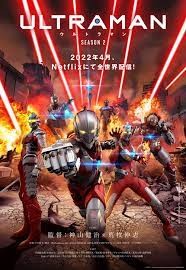
Thus, special effects works themselves were on the decline, but anime works gained popularity overseas and gradually became major content. Today, they have become so common that original anime titles are being produced for overseas VOD works such as Netflix.
Special effects are absorbed into anime culture
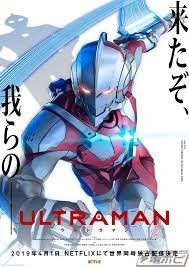
In this situation, the once thriving special effects culture was absorbed into anime culture. In recent years, many works have appeared in which special effects works have been rearranged into anime works, and even today, special effects culture itself has been passed down in a different form in anime works.
Two answers: "Shin Ultraman" and "ULTRAMAN"

In addition, "Shin Ultraman," which was made into a movie in recent years, can also be said to be a new form of special effects work. Movies that are drawn using CG without preparing huge sets like in the past can also be considered another answer drawn to preserve Japan's special effects culture, just like this work "ULTRAMAN."
Summary
What did you think? We have introduced the special effects works that once existed as a major genre representing Japan and the new form of special effects works in the future. Although it is becoming less common to use huge sets to create films like in the past, I hope you understand that the ideas and thoughts from the Ultraman series era are still being depicted in various media in different forms.


